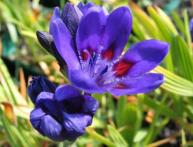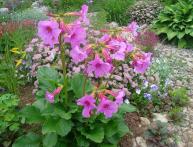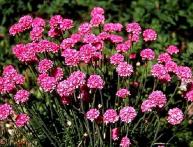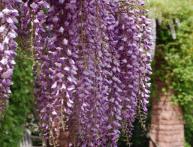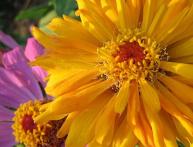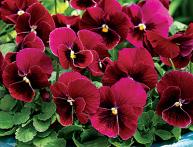Garden primrose

Garden primrose – primrose, a delicate and beautiful plant that will decorate any garden. Garden primrose prefers nutritious, moist soil, partial shade, although some varieties can grow in full sun, this is especially important for cold latitudes. Primroses bloom for a long time in the spring, then bloom again at the end of summer.
Primrose does not require special, careful care, except perhaps watering if it is too dry and feeding three times throughout the season.. It is better to carry out the first feeding while still in the snow with mineral and complex fertilizers, the second with organic fertilizer in mid-summer and the third with potassium-phosphorus fertilizers in the fall.
After the snow melts, you need to carry out cleaning work: remove old leaves, dirt, loosen the ground.
Once every three years, primroses need to be rejuvenated by division. This can be done until mid-September, during flowering, that is, during any growing season, in cloudy weather or in the evening. The soil for transplanted plants must be prepared in advance: dig it up, add manure or compost, leaf soil, water it, make holes. The rosettes of the plants are manually separated from each other, and the roots are placed in prepared recesses so that the root collar does not rise above the surface, sprinkled with earth, the soil pressed tightly around the rosettes and watered well.
Garden primrose can be grown from seeds; the only thing that needs to be taken into account is the peculiarities of agricultural technology for each type of plant.
Primroses are resistant to diseases, but if the soil is too wet and the weather is cold, the neck may begin to rot. If watering is poor, leaves will fall off.
The most serious pests of garden primrose are snails and slugs., you can only fight them by gathering or using poison, but the poison is harmful to other insects and animals. Sometimes the primrose can be attacked by the grooved mower, a grape pest; it can only be controlled with the help of an insecticide.


